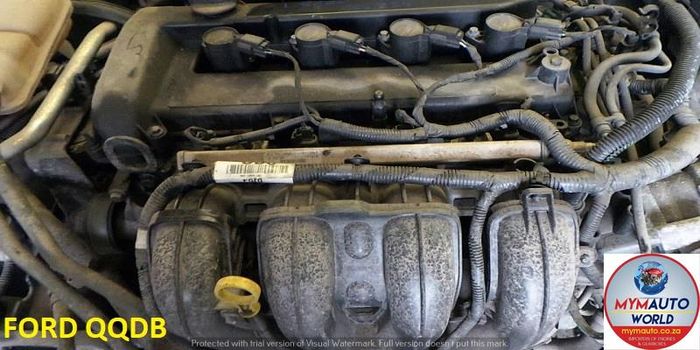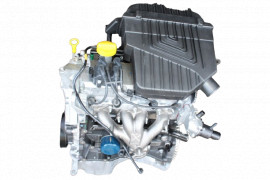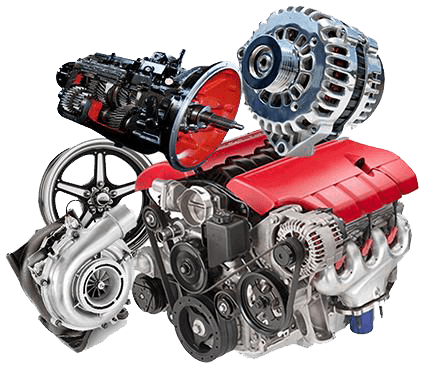Discovering the Inner Workings of a Compact Automobile's Engine System
As chauffeurs, we usually take for given the complex processes that happen within the boundaries of our automobile's engine system. In this exploration of a portable lorry's engine system, we will untangle the internal operations of this mechanical harmony, losing light on the enigmas that drive us forward on our everyday trips.
Burning Refine Summary
The burning procedure in a portable automobile's engine system is an important mechanism that efficiently transforms fuel into power to power the vehicle. This process happens within the combustion chamber of the engine, where gas and air mix, fire up, and produce controlled explosions. The burning process consists of 4 main phases: consumption, compression, exhaust, and power.
During the intake phase, the piston moves downward, attracting in a combination of air and gas right into the burning chamber. This down activity generates the power needed to drive the automobile. This cyclic combustion process is fundamental to the procedure of a portable lorry's engine system, ensuring reliable energy conversion for propulsion.
Piston and Cyndrical Tube Communication

The piston's exact fit within the cyndrical tube is crucial for keeping optimum compression and protecting against energy loss during burning. Tight clearances in between the piston and cyndrical tube walls ensure reliable securing, enabling the piston to relocate efficiently without allowing gases to leakage past. Proper lubrication is also vital to lower friction and put on in between these elements, improving long life and performance.
Furthermore, the layout and materials utilized in making the piston and cylinder influence engine performance and longevity. Modern engines often utilize light-weight yet long lasting materials like light weight aluminum alloys for pistons and cylinder liners to decrease inertia and enhance thermal efficiency. Generally, the unified communication between the piston and cyndrical tube is basic to the engine's functionality and total performance.
Fuel Shot System Functionality
Fuel shot systems in small car engines play a critical function in specifically supplying gas to the burning chamber for effective and controlled ignition. The fuel injection system works by infusing fuel into the combustion chamber at the optimal minute throughout the engine's procedure (opel corsa engine). This accurate timing guarantees that the gas mixes evenly with the air for correct combustion, leading to enhanced gas performance and lowered exhausts
There are primarily 2 sorts of gas injection systems utilized in portable automobile engines: port fuel injection (PFI) and straight gas injection (DFI) PFI systems infuse fuel right into the intake port prior to the consumption shutoff, while DFI systems infuse gas directly right into the combustion chamber. Both systems have their benefits, with useful content DFI providing better gas atomization and PFI giving a more cost-efficient remedy.
Comprehending Engine Air Conditioning Systems
Reliable procedure of a compact vehicle's engine counts heavily on the performance of its cooling mechanisms. Engine air conditioning is vital to protect against overheating, which can cause significant damage and decreased efficiency. The air conditioning system in a compact automobile normally includes numerous parts functioning together to control the engine temperature. One critical component is the radiator, which utilizes coolant to take in warm from the engine. As the warm coolant flows via the radiator, it launches heat right into the air, cooling prior to returning to the engine. The water pump distributes the coolant through the engine and radiator, ensuring a consistent flow to manage temperature. Furthermore, the thermostat helps manage the coolant circulation to maintain optimal engine temperature level. Some automobiles also have cooling fans that activate when additional air conditioning is required, such as throughout rush hour or heat. Comprehending these engine cooling systems is essential for maintaining the performance and durability of a portable automobile's engine system.

Exhaust System Parts Explained
The ideal performance of a portable vehicle's engine cooling systems depends on a complementary system understood as the exhaust system, which comprises different crucial parts for making certain reliable emissions and engine efficiency. The exhaust manifold collects exhaust gases from the engine's cylinders and paths them to the catalytic converter.
One essential element of the exhaust system is the oxygen sensor, which checks the oxygen levels in the exhaust gases to aid control fuel intake and ensure check my reference optimum engine efficiency. opel corsa engine. Additionally, the resonator might exist in some exhaust systems to lower noise degrees. Overall, the exhaust system plays a crucial role in maintaining engine efficiency, reducing unsafe discharges, and guaranteeing a quieter driving experience for small automobile owners

Final Thought
To conclude, the compact vehicle's engine system is a complicated combination of parts that interact to help with the burning process, transform gas right into power, and remove waste gases. Recognizing the internal functions of the engine system, including the piston and cyndrical tube communication, gas shot system, engine cooling systems, Extra resources and exhaust system parts, is important for maintaining ideal performance and effectiveness of the automobile.
The combustion process in a small automobile's engine system is a crucial system that effectively transforms gas right into energy to power the automobile.Gas injection systems in small vehicle engines play a vital function in specifically supplying gas to the combustion chamber for reliable and controlled ignition.There are largely 2 types of gas injection systems used in compact vehicle engines: port fuel shot (PFI) and straight gas injection (DFI) Understanding these engine air conditioning mechanisms is crucial for maintaining the performance and longevity of a portable car's engine system.
The optimum functioning of a compact automobile's engine air conditioning mechanisms depends on a corresponding system recognized as the exhaust system, which consists of various necessary parts for making sure effective discharges and engine efficiency.